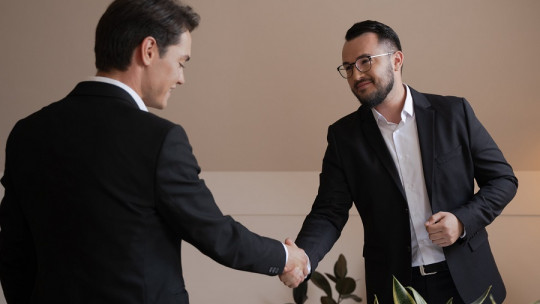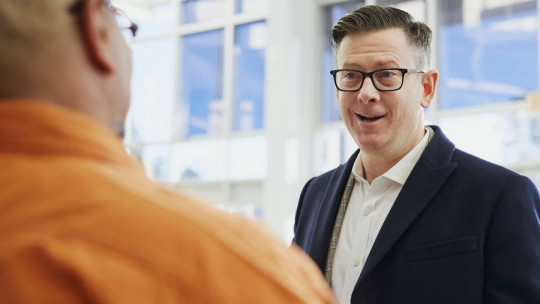
When we are getting to know someone, trying to convince a person to buy a product or service from us, starting a relationship or any other type of interaction in which we hope to obtain a positive response from the recipient(s), normally The first thing we try to do is make the other person like us to fulfill our mission.
We each have our own tactics to make this happen, although not all of us are especially good at this. So… How can someone like us so that they think highly of us? In this article we will see 5 techniques that could help you establish that positive connection with people.
The 5 languages to make someone like you
Gary Chapman proposed a theory based on 5 languages so that we can please others. Chapman considered this proposal as a set of key tools to have a positive relational influence with others.
Each person can have all 5 developed, but in different dimensions; Depending on each person’s dominant language, it will change the way in which they can be liked more easily. It is important, to fulfill the objective of pleasing, that we know the language of appreciation of others, to “speak” to them in theirs, not ours.
1. Words of affirmation
They are simple positive words or phrases that make the other person feel that they are doing things right or that he is on the right track. Give praise.
2. Quality time
Pay attention to someone, without distractions. Doing what the other person likes, without necessarily loving the activity. Spend time together and share experiences
3. Give details
Give tangible gifts. They are symbols of appreciation, recognition and acceptance; They generate an environment suitable for the exchange of emotions and ideas.
4. Acts of service
The phrase “fewer words, more actions” applies here. For people with this language as their dominant, the words are completely empty, so a good speech will be difficult to get them to like you. They are small acts like opening the door, helping to carry things, bring coffee to the office, cook for someone else, etc.
5. Physical contact
It is a very powerful form of communication. The peculiar thing about this language is that We must know exactly when to use it and when not to use it Using it correctly, it is an excellent means of expression.
In love
These languages also can be applied in the love field Well, in a couple, each individual has different ways of expressing love and different ways in which they like others to show them theirs. So it is important that both recognize their primary language, this way many misunderstandings and resentments will be avoided during the relationship.
The key to being able to use these languages to make someone like you is be empathetic and receptive to identify which is predominant in each person, so you know what is the best way to approach them and get a positive response. In addition to expressing appreciation, we will also receive a reward, strengthening our skills to use any of the 5 efficiently.
Establishing a special connection
In the therapeutic field, these languages are very useful to create rapport with patients. But it is important know the language they use the most to be able to use it and have favorable results To exemplify each one, as for words of affirmation, you can use phrases such as “You are doing very well”, “you have had a lot of progress”, “it is good that you decided to come”, “you are very brave / very persistent”. Phrases that motivate you to keep going.
Quality time is simply active listening, show interest in what he is telling and not get distracted doing other things. Giving details can be giving them cookies, candy or a snack during the sessions or a small gift on their birthday. As for acts of service, they can be small actions such as opening the door when he arrives, passing him disposable tissues in case he needs them.
And finally, physical contact is a little more restricted in therapy, but you can slap the patient’s thighs or back, if appropriate. Similarly, Each psychologist has a different relationship with each patient and knows what the limits are regarding physical contact.








